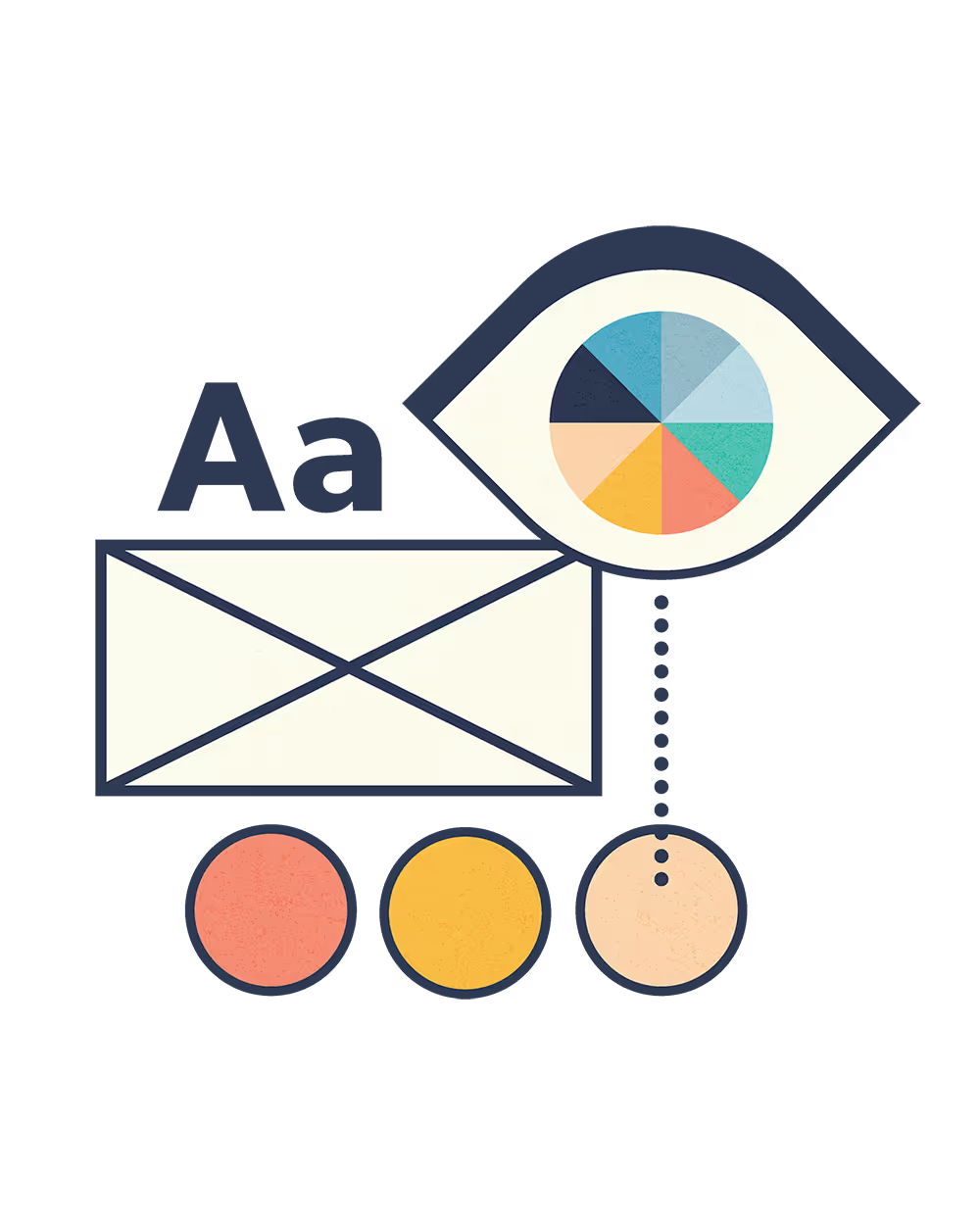Most small business owners think a campaign is just posting about something once and hoping people notice. Real campaigns are strategic sequences that build anticipation, educate your audience, and create momentum toward a specific goal.
Define your campaign goal first. Are you launching a new service? Promoting a seasonal offer? Building awareness for your expertise? Your goal determines everything else—timeline, content types, and success metrics. Don't try to achieve multiple goals in one campaign.
Create a timeline that builds anticipation over several weeks. Start with subtle teasers 3-4 weeks before your main launch. Share behind-the-scenes content to build curiosity. Provide educational content that primes your audience for what's coming. Then launch with confidence to an audience that's already excited.
Develop supporting content that works together. If you're launching a new service, your campaign might include: teaser posts about "something exciting coming," behind-the-scenes content showing your preparation process, educational posts about the problem your service solves, client testimonials about similar work, and finally, the big reveal with a clear call-to-action.
Warm up your audience before launching. This is where most campaigns fail—they announce something to a cold audience and wonder why nobody cares. People need to be primed to care about what you're sharing. If you're launching a course, spend weeks sharing tips, case studies, and insights that demonstrate your expertise.
Use multiple channels strategically. Don't just post on Instagram and hope for the best. Coordinate your campaign across email, social media, your blog, and even offline if relevant. Each channel should support the others and move people through your campaign journey.
Build momentum with each piece of content. Every post should either build anticipation, provide value, or move people closer to your goal. Avoid "filler" content that doesn't serve your campaign purpose.
Track your campaign performance. Monitor engagement, click-through rates, and conversions throughout your campaign. This data helps you optimize current campaigns and plan better ones in the future.



